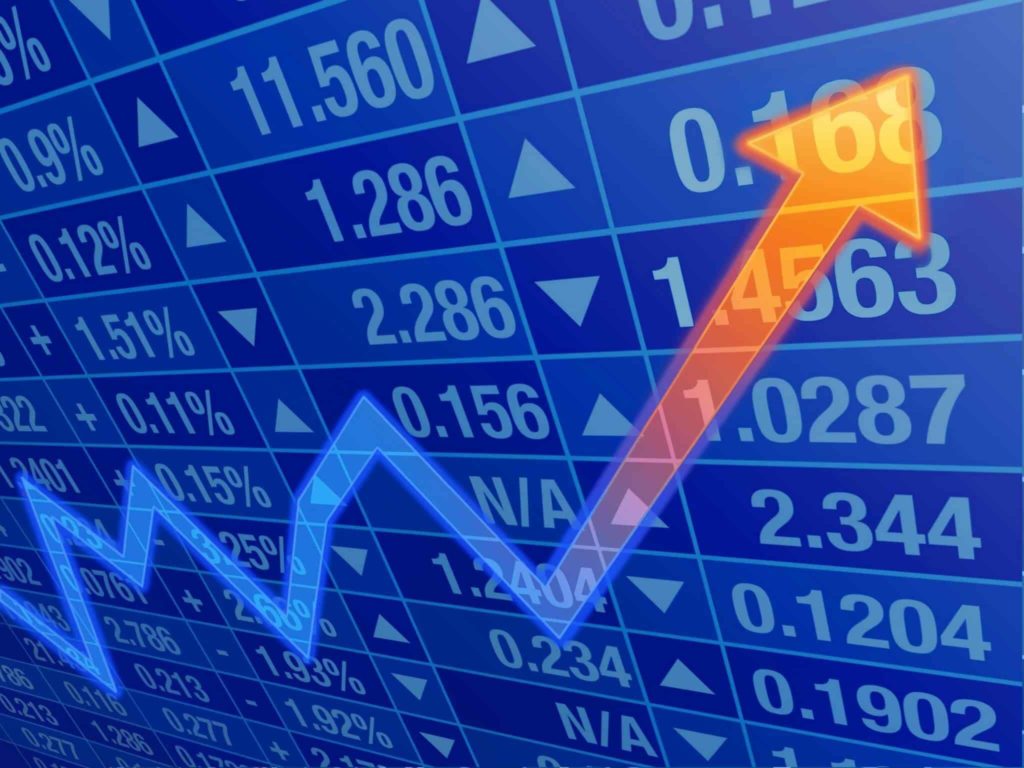RIO DE JANEIRO, BRAZIL – The recent surge in stock markets, despite the global economy being in tatters, raises questions about whether or not the highs are detached from reality.

Last week, the Nasdaq composite index hit 10,000 points for the first time in history, even after the Federal Reserve (Fed) revised this year’s US GDP growth projection to a negative -6.5 percent.
Since the last week of March alone, over 40 million unemployment claims have been recorded in the United States.
In Brazil, the IBOVESPA, the B3’s main stock index, has already climbed 50 percent since its lowest score of the year, despite the fact that the impact of the coronavirus on the Brazilian economy is still uncertain, due to the country’s lagging economic data.
On Monday’s Focus report, the projections for this year’s GDP were again revised downwards, now to a 6.51 percent contraction.
“The market is facing fragile parameters. There is fragility both in what is stated as a reason for bullishness and in what is stated as a reason for correction,” said Jason Vieira, chief economist of Infinity Asset.
According to him, the main reason for the rising asset prices were the stimulus packages from central banks, which increased the amount of money in circulation through bond purchases.
With cash, but without investments in fixed income with attractive returns, stock markets become the main choice. “There is no other alternative. This is one of the worst ways to invest. I’d never seen an asset inflation of the magnitude we’re witnessing now,” Vieira said.
“Asset inflation is a concern when the government starts issuing a lot of money, mainly for quantitative easing,” said Cláudia Yoshinaga, coordinator of the FGV EAESP’s Center for Financial Studies.
Risk rating agency Fitch projects that, worldwide, central banks will spend US$6 trillion on quantitative easing this year to try to mitigate the economic impact of the pandemic. According to Bloomberg, in April the Fed spent as much as US$41 billion a day on bond purchases.
According to Yoshinaga, another factor that may help “inflate” the price of stocks is the growth of individuals entering the stock market, which has quadrupled since 2017 and reached 1.885 million in May this year. “They are willing to buy, but do not necessarily have the expertise to see the stock price as a means to justify it”.
“The process of finding the correct share price should consider the cash flow projection and deliver the present value. On the other hand, when many people want the same product, the price can rise simply based on supply and demand. The very unjustifiable and groundless search is an irrational process and the start of a bubble process,” explains Yoshinaga.
However, Yoshinaga believes that it is still too early to say that there is a bubble in the stock markets. “When you talk about a bubble you assume you can see what the right price is. Today it is very difficult to see the right price of things. It’s hard to say it’s a bubble, but there’s still going to be a lot of instability,” he said.
Although he also doesn’t see clear signs of a bubble forming, Jason Viera recommends caution. “The wave may be ugly, but if you don’t surf it, you lose. The most important thing is to know when to get out.”
Source: Exame

